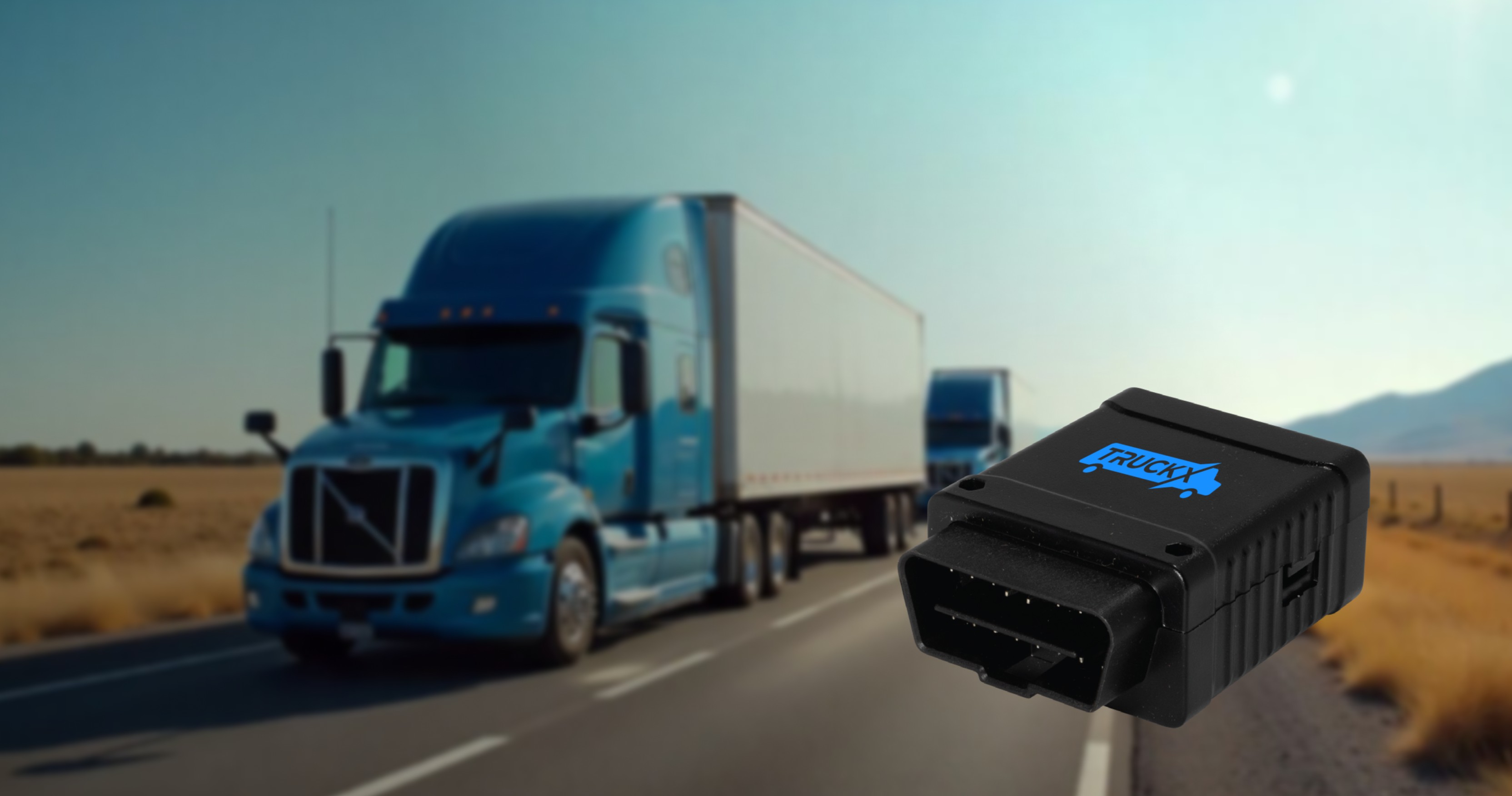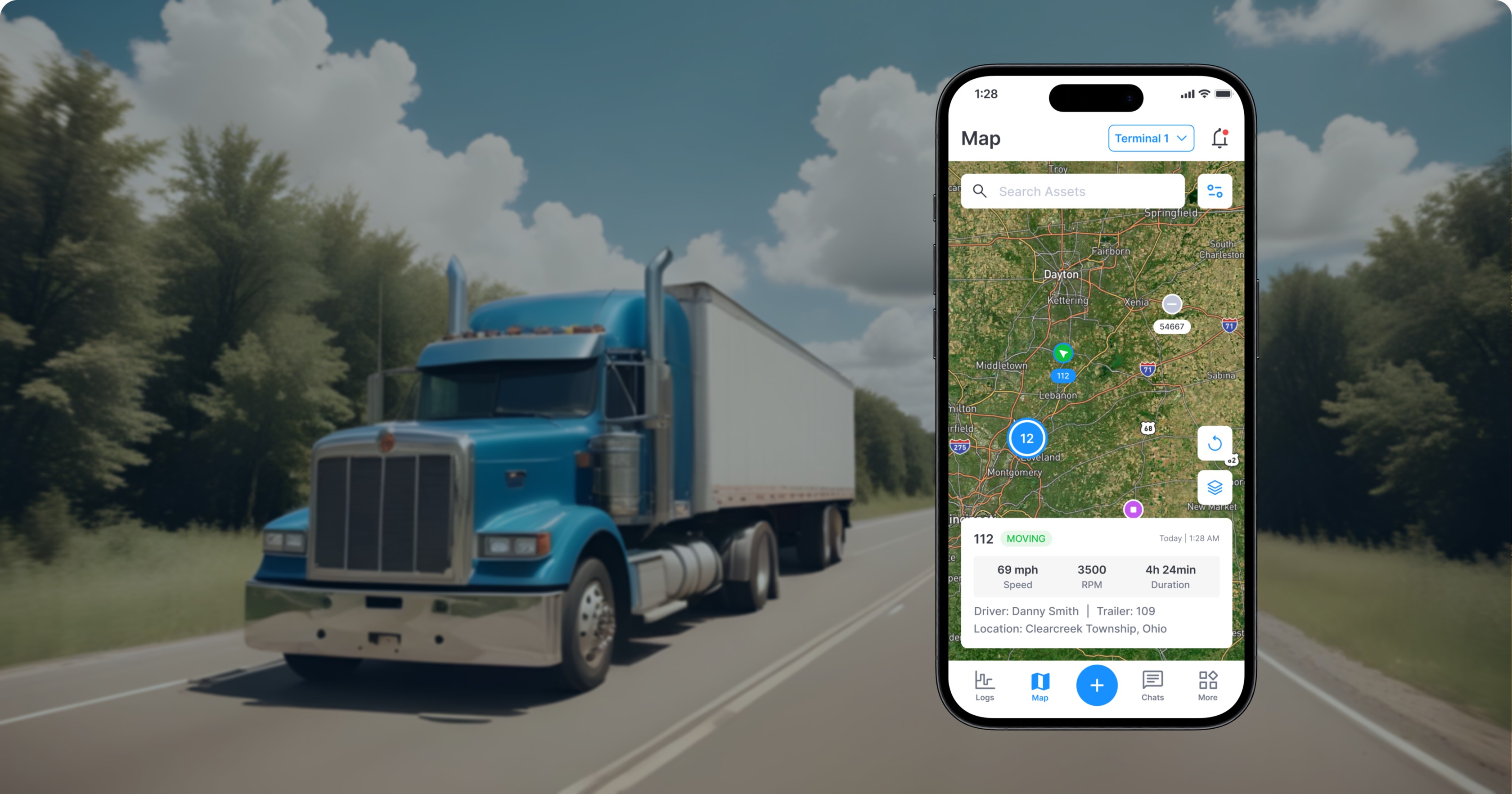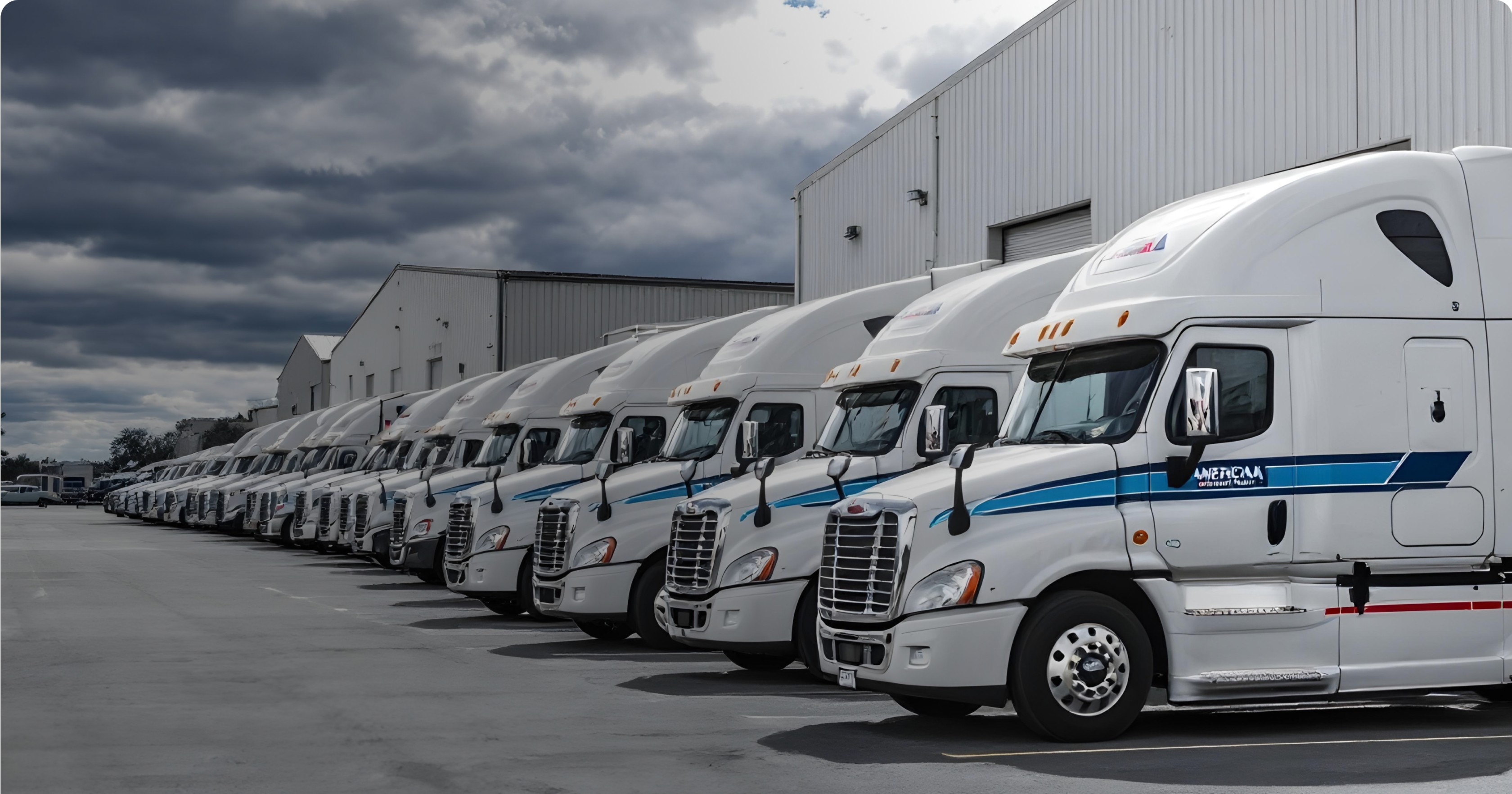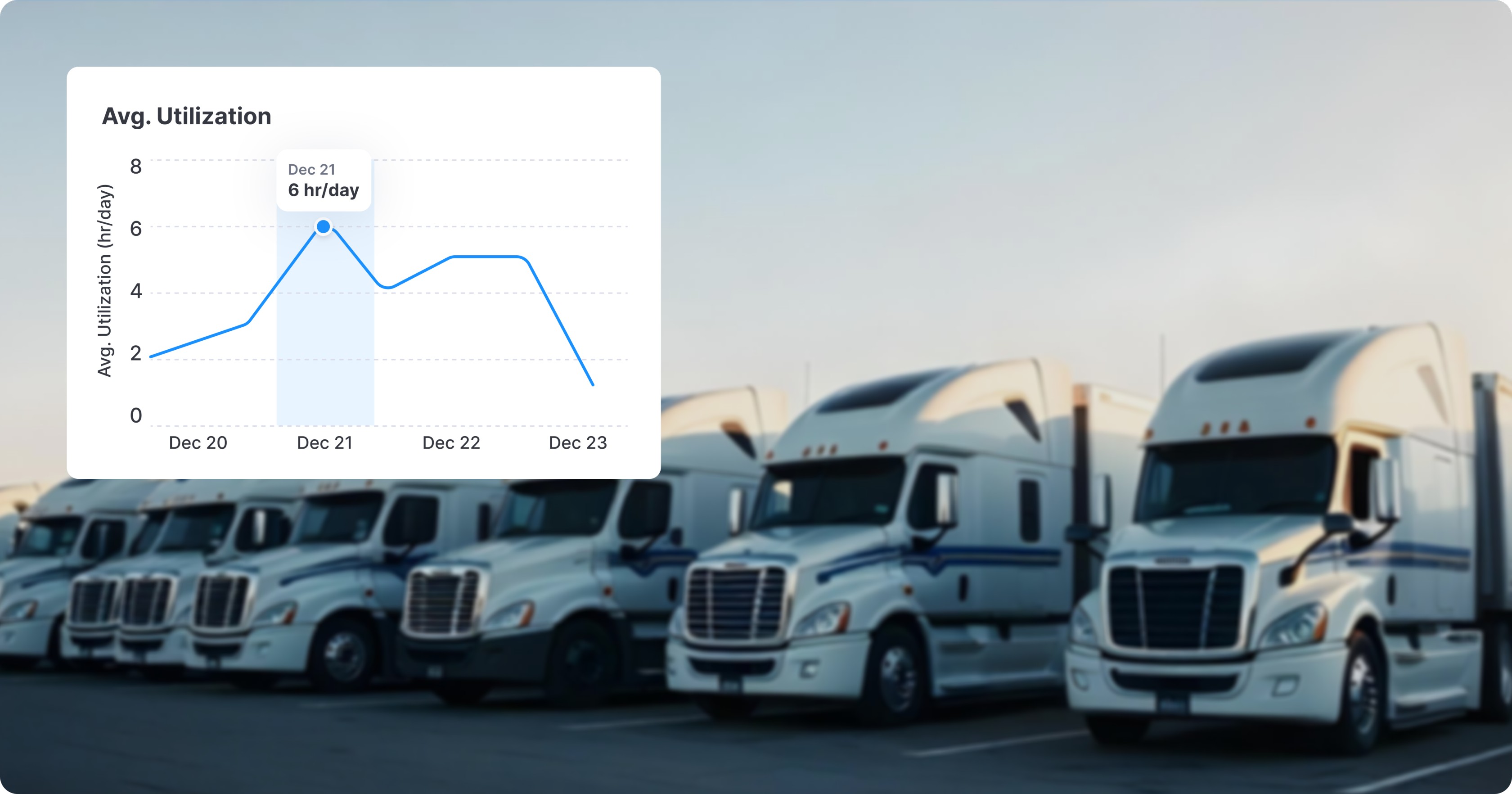Mastering Road Safety: Why Every Driver Needs A Space Cushion
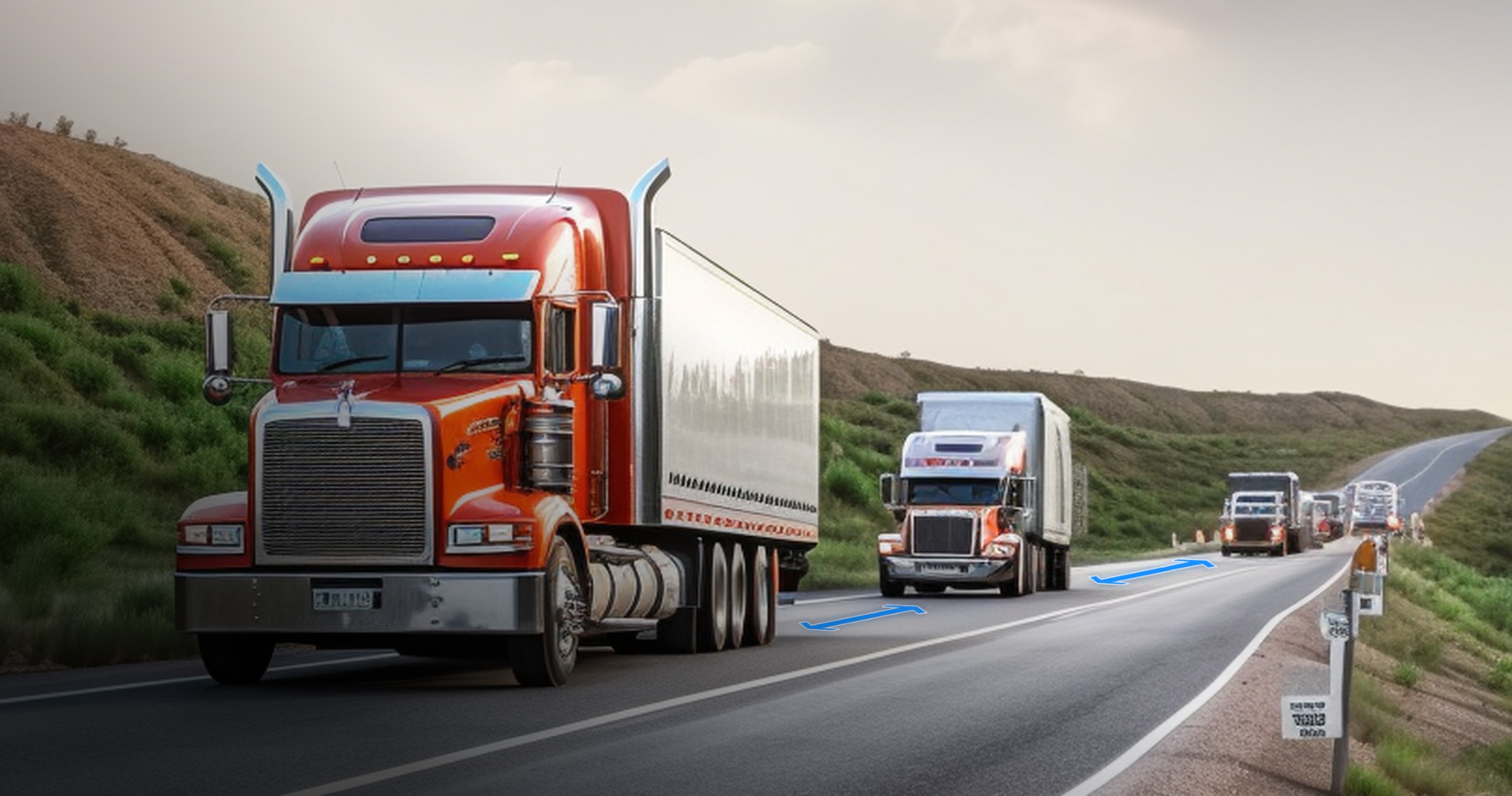
In the world of commercial driving, safety is paramount. One fundamental practice that significantly contributes to road safety is maintaining a proper space cushion around your vehicle. This safety buffer allows drivers to move effectively and respond promptly to potential hazards.
In this article, we will delve into the concept of a space cushion, its importance, and practical tips for maintaining it.
What is a Space Cushion?
A space cushion refers to the safe distance a driver maintains between their vehicle and others on the road. This buffer zone is crucial for providing adequate time and space to react to sudden changes in traffic conditions, such as abrupt stops, merging vehicles, or unexpected obstacles. By ensuring a space cushion, drivers enhance their ability to make safe and controlled decisions, reducing the risk of accidents.
The Importance of Maintaining a Space Cushion
Improved Reaction Time
Maintaining a space cushion allows drivers to notice potential hazards early and respond promptly. This extra time can be the difference between avoiding a collision and being involved in one. For instance, adhering to the "three-second rule" helps ensure that drivers have sufficient time to react to sudden stops or obstacles.
Enhanced Visibility
A proper space cushion improves a driver's visibility of the road ahead, including road signs, traffic signals, and the actions of other vehicles. Awareness is essential for anticipating and preparing for changing traffic patterns, such as merging vehicles or sudden slowdowns.
Accident Prevention
By maintaining an adequate space cushion, drivers can reduce the likelihood of rear-end collisions and enable unclear maneuvers when necessary. Tailgating is a common cause of such accidents, and ensuring sufficient space between vehicles can help prevent them.
Legal and Insurance Benefits
Many jurisdictions consider following too closely a traffic violation, leading to fines on a driver's record. By maintaining a safe distance, drivers not only comply with traffic laws but also reduce liability and potentially lower insurance premiums.
How to Maintain a Space Cushion
Front Cushion
- Apply the "Three-Second Rule": Choose a fixed point ahead, such as a road sign or a tree. When the vehicle in front passes this point, start counting seconds. If you reach the point before completing the count, you are following too closely and should increase your distance.
- Adjust for Speed and Conditions: In adverse weather conditions or at higher speeds, increase the following distance to allow for longer stopping distances and reduced visibility.
Side Cushion
- Avoid Blind Spots: Ensure there is enough space on either side of your vehicle to move safely. Avoid driving in another vehicle's blind spot for extended periods.
-Be Cautious During Lane Changes: Before changing lanes, check mirrors and blind spots to ensure there is sufficient space and no vehicles are attempting to occupy the same space.
Rear Cushion
- Be Aware of Tailgaters: If a vehicle is following too closely, maintain a steady speed and avoid sudden braking. If necessary, change lanes to allow the tailgater to pass.
- Increase Distance When Stopping: Leave extra space between your vehicle and the one in front when stopping, especially at traffic lights or in traffic jams, to allow for a safe escape route if needed.
Adapting to Different Driving Conditions
- Heavy Traffic: In congested traffic, it's challenging to maintain a space cushion. Keep a close watch on the vehicles around you and adjust your speed accordingly. Even in traffic, strive to keep at least a one-second gap.
- Adverse Weather Conditions: Increase your space cushion during rain, snow, or fog. Wet or icy roads significantly reduce tire traction, requiring more distance to stop.
- Night Driving: Visibility is reduced at night, so it's essential to maintain a larger space cushion to compensate for the reduced reaction time.
How Technology Supports Safe Driving
Modern technology plays a pivotal role in enhancing driver safety. Tools like AI dashcams, GPS tracking, and fleet management software help monitor driving behavior and ensure compliance with safety standards. For instance, TruckX's AI Dashcams automatically detect and alert unsafe driving events, allowing fleet managers to provide timely coaching and improve overall safety.
Conclusion
Maintaining a space cushion is a fundamental aspect of defensive driving. By ensuring sufficient space around your vehicle, you enhance your ability to respond to unexpected situations, thereby increasing road safety for yourself and others. Incorporating this practice into your daily driving habits, along with leveraging technological tools, can significantly contribute to a safer driving experience.
For more insights into enhancing driver safety and adopting best practices, explore our Driver Safety Solutions or visit TruckX to stay informed about the latest advancements in the fleet management industry
Note: IndiBlogHub features both user-submitted and editorial content. We do not verify third-party contributions. Read our Disclaimer and Privacy Policyfor details.



